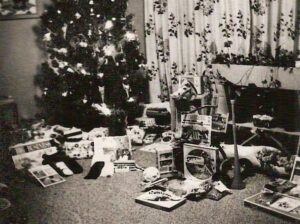 Christmas at our house was as if the windows of heaven had opened.
Christmas at our house was as if the windows of heaven had opened.
There were piles of shiny, colorful goods scattered all through the living room. As the oldest of nine children, I had the privilege of seeing every one of those childhood Christmases. What made it so wonderful wasn’t what was in each pile, but the abundance of goods scattered neatly about. Walking into that living room in the dimness of early morning, the red, green, and orange of the Christmas tree giving a soft glow, was magic.
My parents weren’t wealthy; in fact, I would say that we were in the lower half of the middle class most of the time and slipped even lower on occasion during my growing-up years. Their secret to such extravagance at this one time of year was the Five and Dime, the Dollar store of the past. There might be one long-sought-after item, while the rest was a world of possibilities, of hours of fun that we hadn’t even thought of.
The truth was that the contents of the piles didn’t radically change from year to year, that is, until we entered our teens; but until then, the same things, with a few changes, would be found year after year. We never grew tired of it because it was always about possibilities; it was freshly new. There would be color books, crayons, colored pencils, markers, scissors, glue, glitter, colored paper, pipe cleaners, sequins, paint, and chalk. We would find marbles, gyroscopes, pick-up sticks, etch-a-sketch, magic erase boards, silly putty, paddle balls, board games, and clay, which eventually gave way to playdough. There would be card games, flash cards of every variety, and paper dolls. There were small doll houses with furniture, people, cars, and animals. There were toy soldiers, cowboys and Indians, plastic farm animals with fences and barns, sewing cards, and an occasional kit. And don’t forget the books, lots and lots of delightful books. Things rarely squeaked, talked, boomed, crashed, or moved by themselves. All that had to be provided by us and our infinite imaginations. Those abundant and homely Christmases were a wonderful gift that our parents gave us. We knew what was coming for the most part, but my parents had a way of making it all seem so special.
What made them even more wonderful was the sense of anticipation.
If we want our children to engage with family work, family meals, and family activities, it’s helpful to create a sense of wonder and possibility, to increase the sense of anticipation. This can happen more often when you remember and use the 5 Principles of Power: Structure time and be consistent, remain present, make it special, keep it simple, and plan ahead.
When things you do as a family, even things kids don’t look forward to, such as family work, have a sense of anticipation, they go better. The content of the activity doesn’t have to be amazing or new to have the success my parents had at Christmas. When there is a sense of anticipation, your family will work together better, enjoy each other more, and even do homework with less fussing. : )
Let’s look at family work because I know you are all saying, “No way will this be successful.” : )
Structure time and be Consistent – Let’s say you’ve set Thursday evening for your family to work together and get the basic chores done. Notice I didn’t choose Friday or Saturday. If you have teens, they will be busy. : )
You remain present with your kids. You check on each one over the time you have committed to this family activity. An hour is good. Look in a bedroom door, “Hey, how’s it going?” “Need any help?” “Wow, you’re doing a good job!” “Here, let me help you with that.” Stop by the child doing dishes and rinse a few, while smiling. Check on the one doing the bathroom and wink as you make a funny comment.
Make it special – When you finish the work, serve ice cream cones. Maybe watch a TV show together. Possibly, you sit at the table and tell jokes or play a game. Every family’s different. What does your family love?
Keep it simple – Have chores assigned and rotate them. Everyone knows what they need to do each Thursday.
Plan ahead – Know if there are any school or community activities coming up that could interfere and adjust. Remind everyone the day before, “Remember tomorrow night is Family Work Night. We’re going to have Oreos and milk.”
When you create a feeling of anticipation and are consistent, then even family work can be successful. Remember, nothing is perfect. Some weeks, family work may not be as successful as others, but your consistency, over time, will make a difference.
When you want to engage with a child or your family, ask yourself the question: “How can I create a sense of anticipation by using the five principles of power in this situation?”
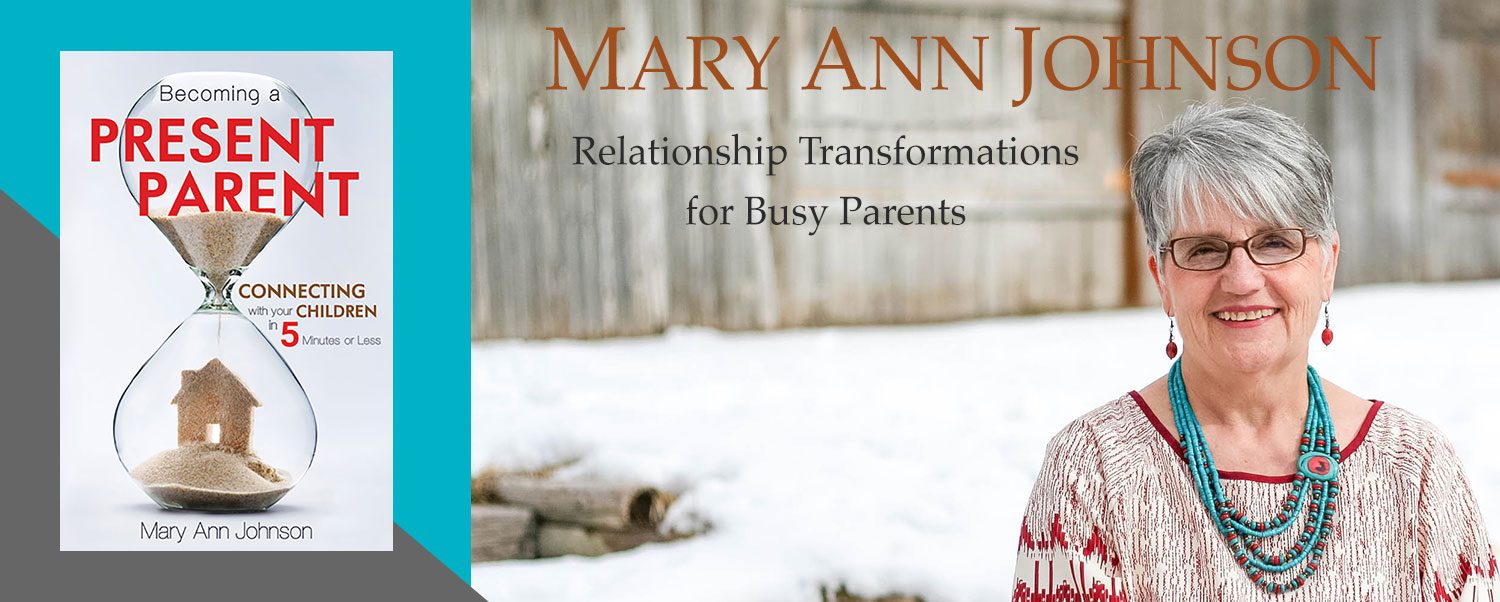
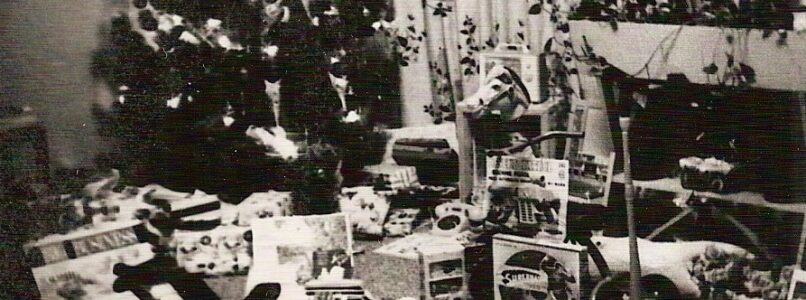
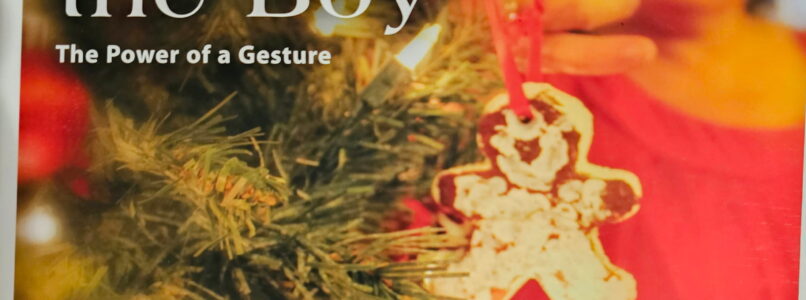
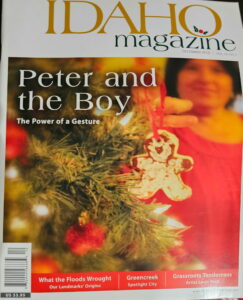 Peter and the Boy
Peter and the Boy
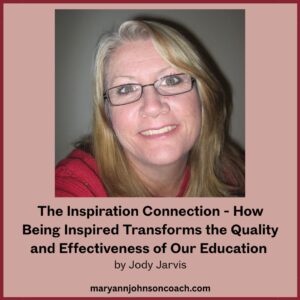
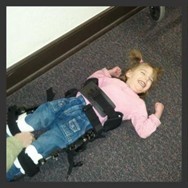
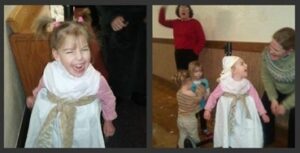 Maggie, my granddaughter with cerebral palsy, was supposed to wear a headpiece. That was not going to work at all. She was supposed to say, “We are afraid”. She said it the best she could, as her ability to speak was minimal, and she said it with a huge smile. She couldn’t find it in herself to look afraid. Many small shepherds were wandering about, trying to figure out where they were supposed to be.
Maggie, my granddaughter with cerebral palsy, was supposed to wear a headpiece. That was not going to work at all. She was supposed to say, “We are afraid”. She said it the best she could, as her ability to speak was minimal, and she said it with a huge smile. She couldn’t find it in herself to look afraid. Many small shepherds were wandering about, trying to figure out where they were supposed to be.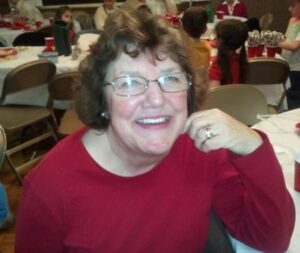 These children were in luck. Cindy Walker smiled through the chaos. She gently called the small children back into place. She helped with lines that would never be memorized. She replaced halos, headpieces, and robes, and kept smiling. She didn’t laugh out loud at the silly things the children said and did, even though she wanted to.
These children were in luck. Cindy Walker smiled through the chaos. She gently called the small children back into place. She helped with lines that would never be memorized. She replaced halos, headpieces, and robes, and kept smiling. She didn’t laugh out loud at the silly things the children said and did, even though she wanted to.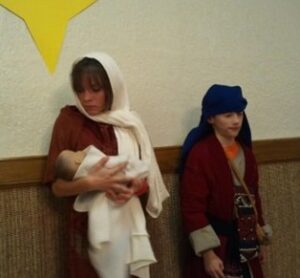 weren’t sure they liked their parts, especially saying, “I’m going to have a baby!” The soldier still felt silly. Headpieces were still falling off, belts were missing, halos still itched, no one remembered where they were supposed to stand, many parts were not memorized, and the little shepherd still smiled when saying, “We are afraid.”
weren’t sure they liked their parts, especially saying, “I’m going to have a baby!” The soldier still felt silly. Headpieces were still falling off, belts were missing, halos still itched, no one remembered where they were supposed to stand, many parts were not memorized, and the little shepherd still smiled when saying, “We are afraid.”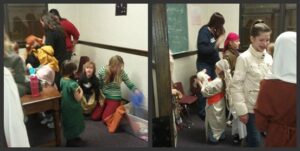
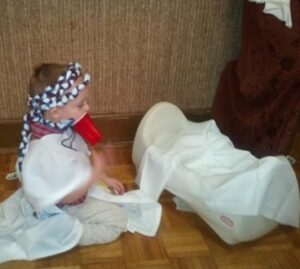 The little angel who wanted to say “Point to the star” wouldn’t leave his dad’s side and come on stage until all the other angels left the stage, and the shepherds were on their way in. Then he went and sat by the baby Jesus and made happy boy sounds with his plastic cup! (This was my grandson, Jack, age 3.) As the shepherds, wise men, and angels gathered around the baby Jesus, it was a mob, juggling each other for a space, mostly with their backs to the audience.
The little angel who wanted to say “Point to the star” wouldn’t leave his dad’s side and come on stage until all the other angels left the stage, and the shepherds were on their way in. Then he went and sat by the baby Jesus and made happy boy sounds with his plastic cup! (This was my grandson, Jack, age 3.) As the shepherds, wise men, and angels gathered around the baby Jesus, it was a mob, juggling each other for a space, mostly with their backs to the audience.
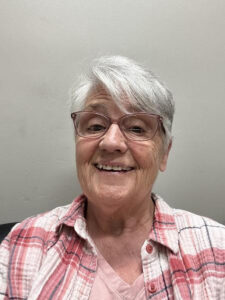 The article I had prepared to post on November 30, 2025, had been published in 2017. My Excel sheet wasn’t as in order as it needed to be. Instead of getting another article ready at the last minute, I wrote a note to my readers and sent it out via the Sunday newsletter. It made an impact, and I got emails. I realized that I had written an article with an important message without even knowing it. So, I’m posting it on the website and recording it. If it helped last Sunday, then it may be of help in the future. So here you go:
The article I had prepared to post on November 30, 2025, had been published in 2017. My Excel sheet wasn’t as in order as it needed to be. Instead of getting another article ready at the last minute, I wrote a note to my readers and sent it out via the Sunday newsletter. It made an impact, and I got emails. I realized that I had written an article with an important message without even knowing it. So, I’m posting it on the website and recording it. If it helped last Sunday, then it may be of help in the future. So here you go: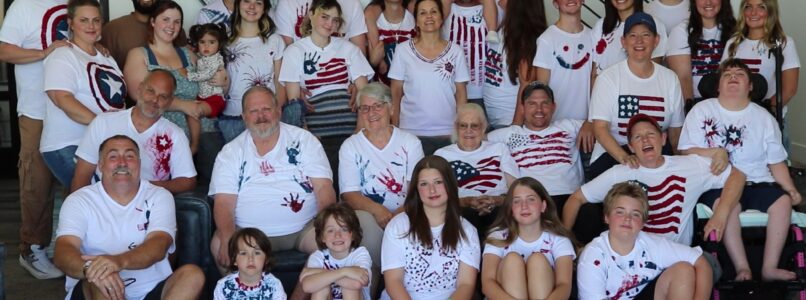
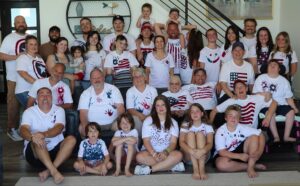
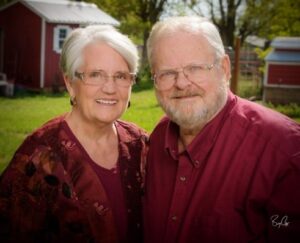

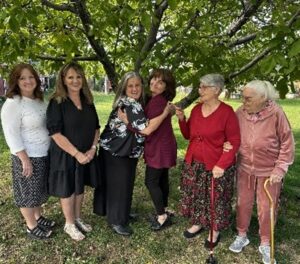
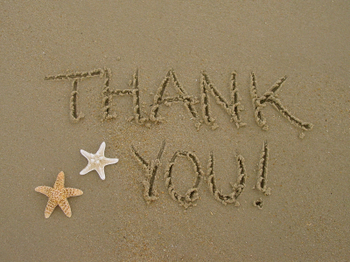
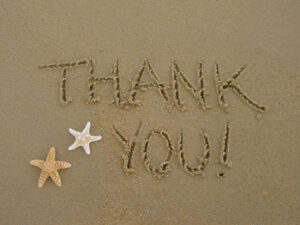 Several years ago, I wrote an article about
Several years ago, I wrote an article about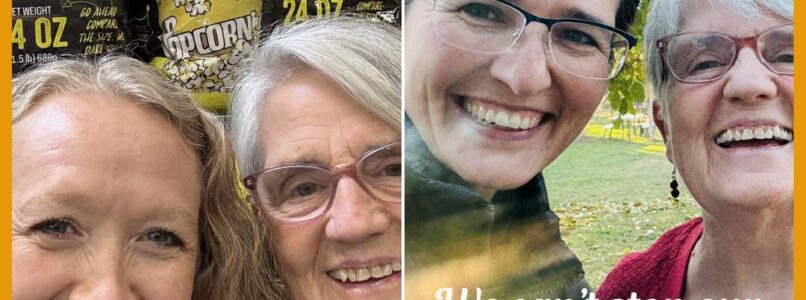
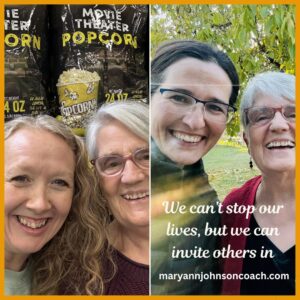 In an article I wrote in September 2024, titled
In an article I wrote in September 2024, titled 
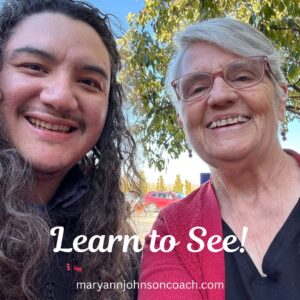 This week, I had an experience that brought to mind the importance of letting our kids know, daily, that we see them and that they matter. It brought back many memories of families I have worked with, parents I have mentored, and the huge impact I’ve seen when
This week, I had an experience that brought to mind the importance of letting our kids know, daily, that we see them and that they matter. It brought back many memories of families I have worked with, parents I have mentored, and the huge impact I’ve seen when 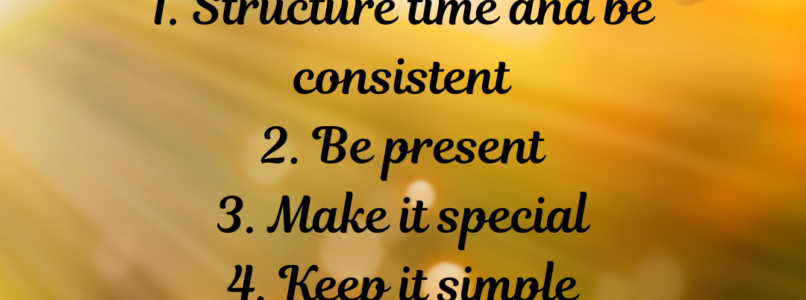
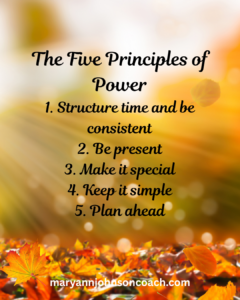 Recently, I wrote about principles that I consider powerful for a healthier and happier family life. Last week, we delved into principles one and two. Today, I will share information and examples on principles three and four.
Recently, I wrote about principles that I consider powerful for a healthier and happier family life. Last week, we delved into principles one and two. Today, I will share information and examples on principles three and four.